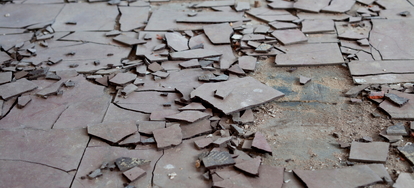

Years after trying to smell asbestos, you could develop symptoms of cancer. The carcinogen changes the DNA in these cells. Yet, some of the tiny fibers pass through to become lodged in cells lining the lungs, abdomen, or heart. Additionally, people working or living nearby are at risk of breathing in asbestos dust.Īfter inhaling or sniffing asbestos, the body tries to get rid of toxins through the mucus. Smelling broken floor tiles or popcorn ceilings for asbestos contamination puts you at risk of inhaling the fibers. Also, their weightlessness lets them stay afloat for days. Often, the fibers are too small to see without a microscope. Subsequently, the asbestos mixed into materials is exposed to the air. Over time, ACMs become damaged or worn down. Though asbestos doesn’t smell, trying to sniff asbestos-containing products and materials is potentially hazardous to your health. Look to your state’s department of public health for approved asbestos handlers in your area. To prevent exposure to asbestos, testing, and removal should be carried out by certified professionals. Additionally, some remediation companies use chemical solvents to remove asbestos tape and adhesives. As a result, building materials like wet carpet, insulation, old roofing, and deteriorating pipes may give off an unpleasant odor. Normally, removal of ACM includes wetting materials to prevent the risk of airborne fibers. However, this is not the smell of asbestos in the air. In construction zones, people sometimes notice a strange odor during abatement projects and try to identify it. Moreover, any smell caused by these ACMs is typically caused by other ingredients in the products. Asbestos insulation, roofing, and floor tiles, for instance, don’t release odors from the toxin. Unfortunately, construction tradespeople and home renovators won’t know they’re around asbestos by smell either. Also, sometimes products like consumer sheet gaskets, fireproof blankets, wicks held warning labels like “asbestos-containing.” In most cases, the only way to tell if something has asbestos is through testing by a laboratory. Moreover, the dust does not have an odor. Often, humans can’t see friable or “loose” dust from asbestos-containing material (ACM) because the fibers are so small. Today, the risk of toxic exposure comes from friable asbestos materials. Yet, you cannot detect asbestos in these products by smell. Until the 1980s, manufacturers mixed the naturally chemical- and fire-resistant substance into thousands of construction materials and consumer products. Asbestos is the name for a category of minerals.


 0 kommentar(er)
0 kommentar(er)
